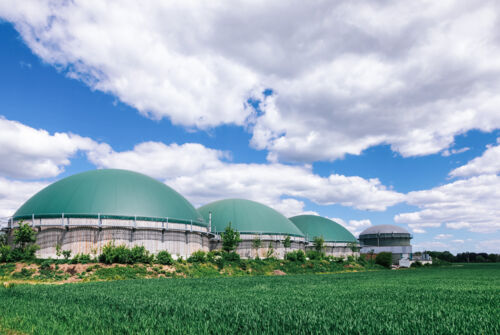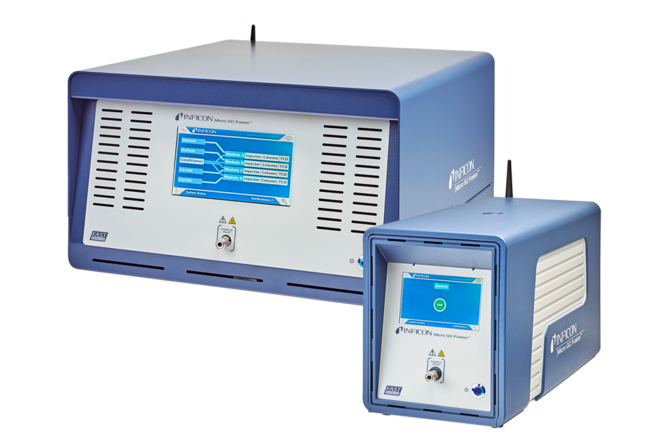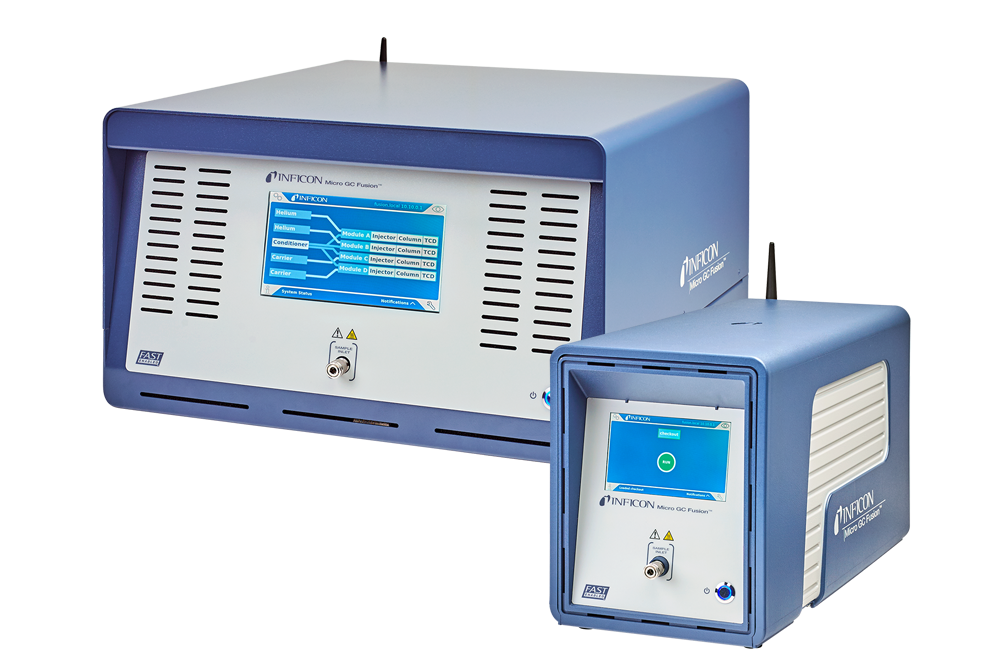Waste Not: How Biogas is Turning Trash into Climate Solutions
Precision gas analysis is key to cleaner, more efficient biogas.

Climate change isn’t just about carbon dioxide; it’s also about methane, a potent greenhouse gas emitted from landfills, livestock manure, and waste from food, animals, and industrial plants. But what if these harmful emissions could become part of the solution?
Around the world, agricultural waste and other organic materials are being repurposed into renewable energy in the form of biogas. When captured and processed, biogas can be used to fuel vehicles, generate electricity, and power industrial operations, dramatically reducing our dependence on fossil fuels.



See Biogas Analysis in Action
Breaking Down the Biogas
While biogas is a desirable renewable energy source, it isn’t plug and play; there critical steps involved before the gases can be put to good use. That’s where analytical instruments like Micro Gas Chromatographs (Micro GCs) come in.
Biogas is typically made up of 50% to 75% methane, with the percentage varying based on the source, as well as hydrogen, oxygen, nitrogen, carbon monoxide, and carbon dioxide—not all of which are desirable. The impurities need to be precisely measured and removed before the biogas can be upgraded into usable biomethane.
Gas chromatography is a technique used to separate, quantify, and monitor the gases. Here’s how it works:
- A mixed sample is collected and introduced onto chemical coated columns in order to be separated.
- Once separated, the compounds are quantified using a detector that compares the thermal conductivity against a pure carrier gas and notes the difference.
- The results show the concentration of each individual gas component.
Taking Analysis to the Source
INFICON is providing even faster analysis with a transportable chassis. The Micro GC Fusion can be taken into the field for fast on-site gas analysis without compromising sample integrity in challenging environments, from landfills to near fault lines. With intuitive operation and fast startup time, these instruments give operators the insights they need to optimize production, meet quality standards, and reduce emissions.


We conducted an experiment to analyze a biogas calibration standard utilizing two detection modules within the Micro GC Fusion. One was configured to analyze common fixed gases and methane in biogas, and the other module was configured to analyze high amounts of carbon dioxide. You can access the details in our Application Note here.
Biogas presents a win-win: fewer emissions and more renewable energy. By equipping producers with the right tools to measure and improve gas quality, we can accelerate the transition from waste to watts.
